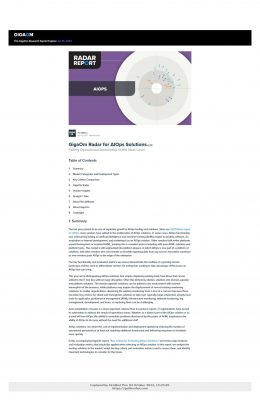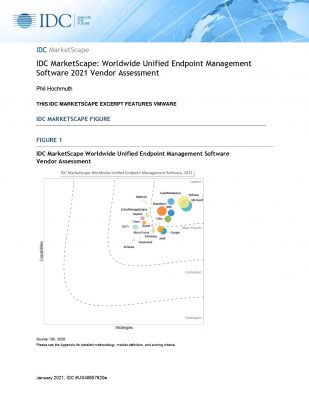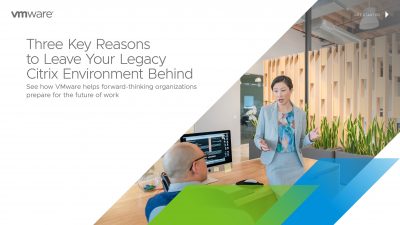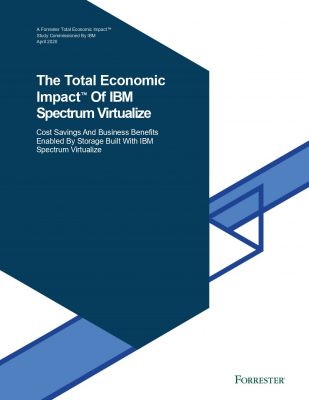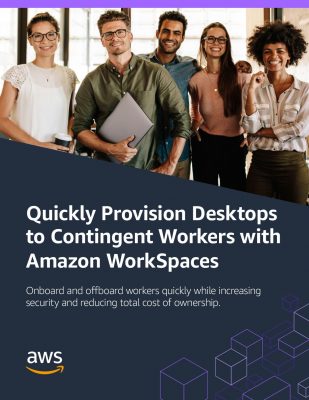Highlights:
- In the event of a zero-day attack or security issue, without the proper tools and procedures to identify which systems need updates, virtual machines remain vulnerable while decisions are made.
- Unmanaged VM deployments can rapidly deplete physical resources, leading to sprawl vulnerabilities and unnecessary IT spending.
Virtualization in IT infrastructure has revolutionized the way organizations deploy and manage their computing resources. Virtual Machines (VMs) offer flexibility, cost savings, and scalability. However, with these advantages comes a significant challenge: virtual machine sprawl. This phenomenon, if left unchecked, can lead to inefficiencies, increased costs, and security risks.
Roots of VM Sprawl
Looking back at the IT evolution, virtual machines are not the first computing resources to experience sprawl. Generally, the easier something is to create, the more it proliferates and the harder it is to manage.
Emails, files, databases, and storage resources also suffer from sprawl. Reporting helps identify the problem and its extent, but fixing it demands more effort. Effective policies, governance, and automation are essential to manage sprawl and ensure efficient resource utilization.
The evaded proliferation or sprawl within business systems poses significant challenges to organizational efficiency and resource management.
How VM Sprawl Occurs in Business Systems?
VM sprawl occurs when virtual machines are created rapidly and without proper management, leading to an excess of VMs. This often happens due to the ease of creating VMs, lack of oversight, and poor decommissioning practices. Without clear policies and effective monitoring, VMs can accumulate without monitoring, resulting in wasted resources, increased complexity, and technology security risks.
The aftermath of VM sprawl often reveals a landscape cluttered with inefficiencies, resource bottlenecks, and escalating management challenges.
Business Impact of VM Sprawl
Virtualization sprawl disrupts business operations by multiplying virtual machines without constraint, straining resources, inflating costs, and creating security vulnerabilities.
-
Security risks
In case of zero-day exploits or similar security issues, without the proper tools and procedures to identify which systems need updates, virtual machines remain vulnerable while decisions are made. Additionally, if an employee familiar with the VM infrastructure leaves without their access and virtual machines being removed, it creates a security gap, allowing potential external threats to exploit the system.
-
Resource cost
While virtual machines allow for rapid deployments, they consume resources. VM sprawl can quickly exhaust allocated resources and space. Despite cheaper storage costs, businesses must consider the expenses of the main server, including storage, memory, and CPU. Unmanaged VM deployments can rapidly deplete physical resources, leading to sprawl vulnerabilities and unnecessary IT spending.
-
Performance tracking
Despite being built on powerful servers, virtual machines have limits. Without proper cloud monitoring and maintenance, Virtual sprawl can slow down the system, especially during automated or scheduled tasks, affecting the user experience for visitors and customers using your web applications for businesses.
Maintaining optimal control over VM deployments is essential to avoid VM sprawl and clutter expanding operational hindrances.
Practical Tips and Security Practices to Avoid VM Sprawl
Virtualization has become synonymous with scalability and efficiency; hence, implementing a robust security framework and methodologies is paramount to curbing VM sprawl, ensuring highly maintained virtual infrastructure.
-
Adopting lifecycle management
Establish thorough VM lifecycle management policies encompassing creation, deployment, maintenance, and decommissioning. Regularly review and audit VMs to ensure they remain operational and align with current business needs.
-
Integrating provisioning process
Develop a standardized VM provisioning process with approval workflows to ensure new VMs are deployed only when necessary and with appropriate enterprise resource planning.
-
Utilizing reporting and monitoring tools
Implement tools that offer visibility into VM utilization and performance. Use this data to identify and consolidate or decommission underutilized or idle VMs.
-
Enforcing accountability and ownership
Assign ownership to each VM to ensure accountability for its management and utilization. Owners should regularly review their VMs’ essentiality and performance.
-
Automating VM management
Utilize automation tools for deploying, monitoring, and decommissioning VMs. Automation ensures consistent and efficient enforcement of policies.
-
Using showback mechanisms or chargeback
Implement chargeback (billing departments for resource utility) or showback (showing departments their resource utilization without real billing) mechanisms to increase awareness of the costs associated with their VM usage.
-
Isolating vulnerable VMs
Apply network segmentation and isolation techniques to safeguard sensitive VMs from potential breaches in less secure network areas.
-
Auditing VMs periodically
It is good practice to regularly audit your VMs to identify performance anomalies. Periodically generate reports and analyze key parameters such as memory, disk, and CPU usage to assess their health.
Final Thought
VM sprawl is a significant challenge that can undermine the benefits of virtualization. By implementing robust governance policies, centralizing management, automating lifecycle processes, conducting regular audits, and educating staff, organizations can mitigate the risks associated with VM sprawl. Effective management of virtual environments ensures optimal resource utilization, cost efficiency, and enhanced security, allowing organizations to fully leverage the power of virtualization.
Immerse yourself in our thoughtfully curated selection of Cloud-related whitepapers, meticulously designed to deepen your understanding with thorough analysis and comprehensive insights.
